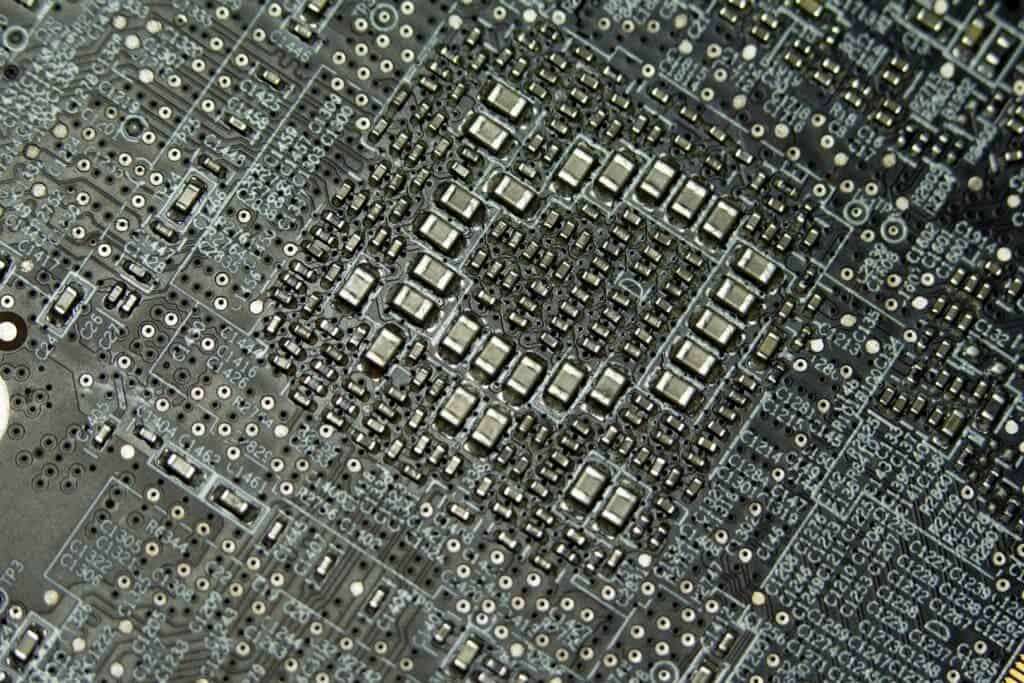With the rise of artificial intelligence, hybrid clouds, and the Internet of Things, chip performance and energy efficiency are becoming more important than ever, prompting companies to embark on a constant quest for smaller, more efficient chips. Even Moore’s Law, which argues the number of transistors on a chip will double every two years, is becoming obsolete.
The game was changed by IBM last year, who disrupted the market with a leading-edge 2-nanometer (nm) chip technology, and by Taiwan Semiconductor Manufacturing Company (TSMC), set to begin production of 2-nm chips by 2025. Now, the US and Japan decided to join the race, creating a joint research center for their 2-nm chips.

The center will be set up by a new Japanese chip research institution, using equipment and human resources from the planned US National Semiconductor Technology Center. The two countries plan to set up a prototype production line in the new research center in Japan, with the ambitious goal of mass-producing the chips in 2025.
The move is also aimed at diversifying the chip production market. Taiwan currently hosts over 90% of the world’s production capacity for chips in categories of less than 10 nm and the island also plans to start making its own 2-nm chips in 2025. Amid the possibility of China using force to unify Taiwan with the mainland, Japan and the US decided to step up to ensure access to the new chips.
The US is a hub for chip design, with companies such as Qualcomm and Nvidia, while Japanese companies such as JSR, Shin-Etsu Chemical, and Screen Holdings are competitive in chipmaking equipment. Both countries will offer fiscal support to boost their chip industries, allocating billions into research and development over a decade.
Last week, US Secretary of State Antony Blinken and Secretary of Commerce Gina Raimondo met with Japan’s Minister for Foreign Affairs Yoshimasa Hayashi and Minister of Economy, Trade, and Industry Koichi Hagiuda in Washington DC. In a statement, they agreed to “foster supply resilience” in sectors such as semiconductors.
The road ahead for smaller chips
Semiconductor chips hold the data we need to use computers, cameras, cars, and all sorts of daily appliances. They are the backbone of everything we are doing in modern technology. As the pandemic forced many to work remotely, increasing our reliance on computers, it raised the need for chips – and also precipitated a global chip shortage.
Over the decades, transistors have shrunk dramatically — from an initial 10,000 nm in 1971 to a standard of 5nm in 2020. The 2nm transistors on the new chips, essentially a circuit of connected transistors, are smaller than the eye can detect. The smaller the transistors, the more that fit on a chip, which makes the entire chip more efficient. So yeah, size matters, at least here.
The 2nm chip should improve performance across all the gadgets that use them while making them smaller and allowing new features. IBM, for example, forecasts a 45% increase in product performance thanks to its 2nm chip. This could allow charging cellphones once every four days rather than daily and make self-driven cars smarter.
Another benefit of the 2nm chip is that it could potentially create a 75% reduction in energy consumption, based on IBM estimates, as powering a smaller device requires less energy. IBM predicts that if every data center shifts to 2nm chips, the energy savings could power 43 million homes a year. The tech industry now accounts for 2% of global emissions, so it would be a sizeable change as well.



